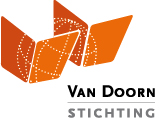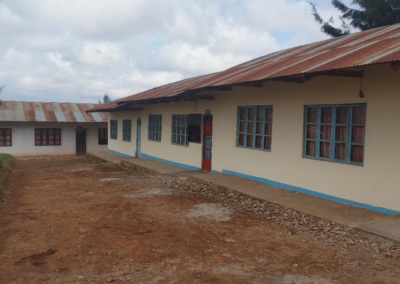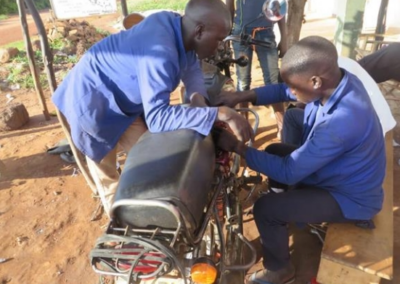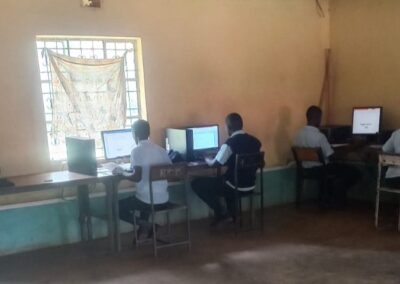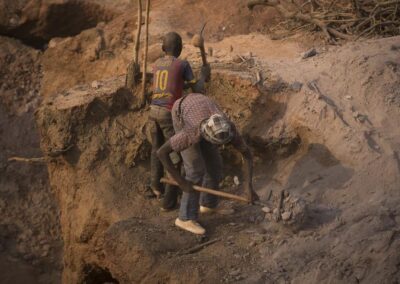For this, the school must purchase the training equipment (such as sewing machines) for which an amount of € 3,200 is required. The Van Doorn Foundation is looking for sponsors to support this project!
Amount collected: € 3,200,-
Project information
The situation
Although the primary school enrolment has increased dramatically, access to secondary school remains low, especially for girls. The gender gap increases in secondary education.
The proportion of girls’ enrolment declines as they move up the educational ladder. As a result, female students make up only about 30 percent of total enrolments in the public universities.
The importance of the project
Most of the girls at the OLV Girls School come from poor backgrounds, and it is only in school they get opportunities to broaden their outlook in life. But most of the girls will after their secondary education not proceed higher education, they become jobless, disappointed and risk to end up in prostitution, drug abuse and early pregnancies. Providing these girls extra training in specific skills will prevent them in falling in these traps. The home science courses will enable the poorest and most vulnerable girls to access an income source for basic needs of life.
The implementing organisation
The OLV Girls School prepares girls for life in society. In addition to the standard secondary education curriculum, which gives the girls the opportunity to continue their studies, the school will also teach home science so that the girls can develop skills for their future household and income generating activities.
The envisaged project results
After completing the secondary school, the girls can become self-employed and thus generating an income. The number of educated girls, especially from the marginalized communities, will increase. The project will empower the girls to reach their full potential and prevent girls entering commercial sex and early marriages.
The chance of sustainability
The planned classes in home science will become an integral part of the school’s curriculum and will therefore be sustainably continued by the school.
The tuition for the lessons in home science is part of the school fees. The OLV girls’ school only needs a one-off subsidy for the purchase of sewing machines and other teaching materials and start up the lessons in home science. The (extra) teachers and the materials for the home science lessons are financed from the school fees.
The result
After almost a year of delay due to the covid-19 pandemic, the container with machines and tools arrived in Kenya in early 2022 and the school could start the home science classes in the 2022-2023 school year.
The progress of the project
The training equipment (sewing machines) for home science classes have been ordered from the Tools To Work Foundation in the course of 2021. Due to the Covid-19 pandemic, shipments to Kenya have been delayed and are not expected until spring 2022.
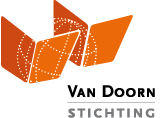
Dear visitor,
We are grateful that you are willing to support us with a donation!
Please fill in the fields below and push the button PAY to transfer the amount by iDeal.
